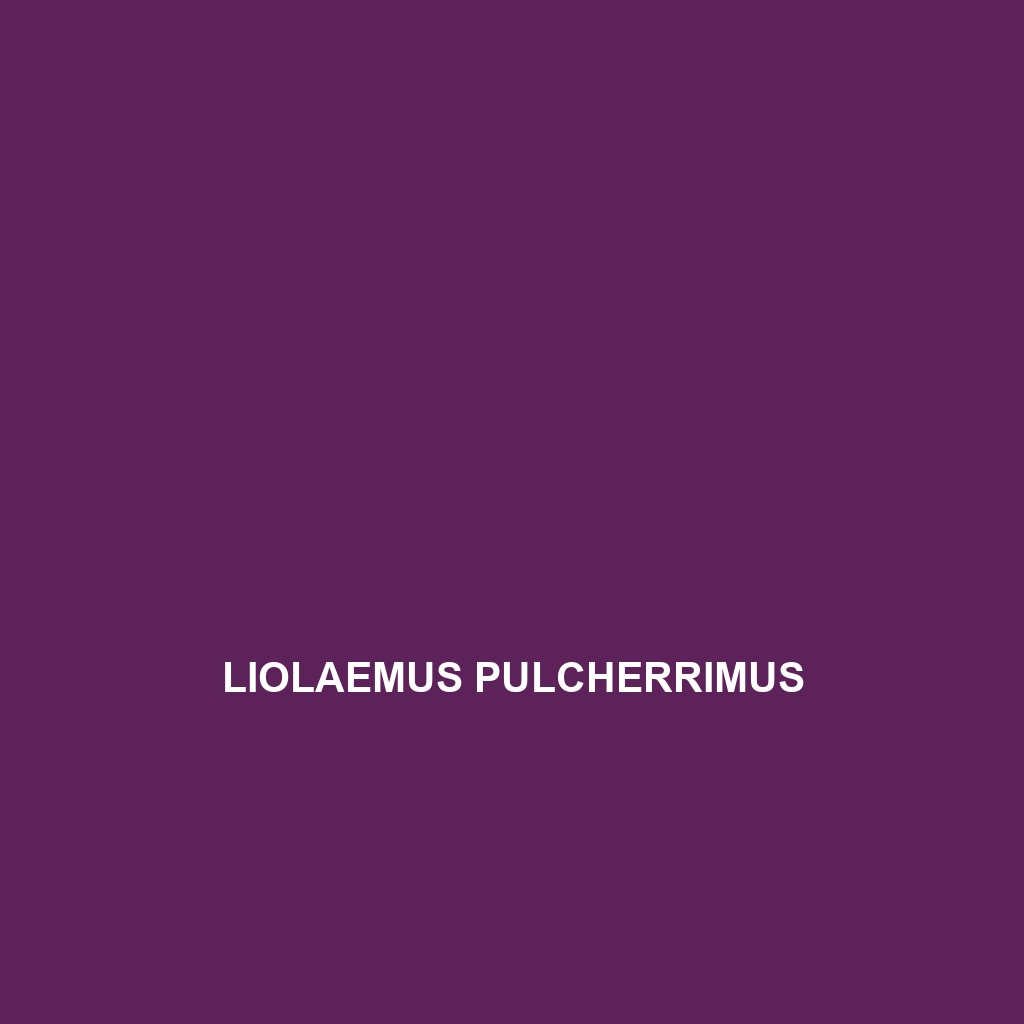<b>Phymaturus etheridgei</b>, also known as Etheridge's lizard, is a vulnerable species native to the rocky shrublands of Patagonia, Argentina. Characterized by its robust body, unique camouflage, and strategic insectivorous diet, it plays a crucial role in controlling insect populations and maintaining ecological balance in its habitat.
Tag: climate change impact on lizards
Liolaemus pulcherrimus
<p>Discover the stunning <b>Liolaemus pulcherrimus</b>, known as the beautiful Liolaemus, a vibrant lizard native to the temperate forests and savannas of Chile and Argentina, characterized by its striking blue and green coloration, agile movements, and role as a key insectivore in its ecosystem.</p>
Liolaemus magellanicus
Introducing the Magellanic Lizard (Liolaemus magellanicus), a captivating insectivore typically measuring 10 to 15 centimeters, thriving in the temperate forests and savannas of southern South America. With distinct coloration patterns and a vital role in maintaining ecosystem balance, this diurnal species exhibits fascinating social interactions and reproductive strategies, making it a remarkable addition to any wildlife enthusiast's collection.
Liolaemus leftrarui
<p><b>Liolaemus leftrarui</b> is a vulnerable lizard species native to the temperate forests of southern South America, recognized for its unique coloration and diurnal behavior. Thriving in montane grasslands, it plays a vital ecological role as both predator and prey, primarily feeding on insects while exhibiting fascinating social structures and reproductive traits.</p>
Liolaemus chiribaya
Discover the <b>Liolaemus chiribaya</b>, or Chiribaya Lizard, an agile, diurnal insectivore native to the high-altitude regions of southern Peru and northern Chile, featuring a robust body with striking coloration and unique adaptations for survival in harsh mountainous environments. With a fascinating reproductive strategy of ovoviviparity and a vital role in maintaining ecological balance, this resilient species is crucial to its alpine habitat.
Eremias pseudofasciata
Introducing the Eremias pseudofasciata, or spotted racerunner, a medium-sized lizard native to arid regions of Central Asia, known for its distinctive spotted coloration, agile movement, and diurnal behavior. This insectivorous species thrives in sandy habitats, playing a crucial role in maintaining ecological balance by controlling insect populations.
Cryptoblepharus egeriae
Discover the resilient Cryptoblepharus egeriae, also known as Egeria's skink, a slender lizard native to the coastal regions of Eastern Australia and the Pacific Islands. This agile, diurnal reptile thrives in tropical habitats, preying on insects and contributing to the ecological balance of its environment, while currently facing vulnerabilities due to habitat loss.
Anolis megapholidotus
Discover the fascinating Anolis megapholidotus, a vibrant lizard found in the lush tropical forests of Central America. Notably diurnal and skilled at climbing, this species plays a crucial role in its ecosystem by regulating insect populations while displaying unique behaviors and striking coloration.







